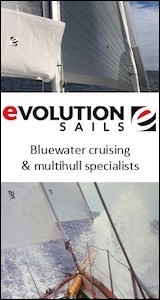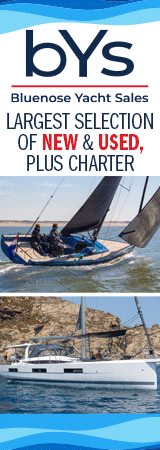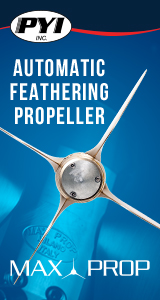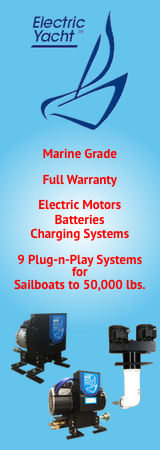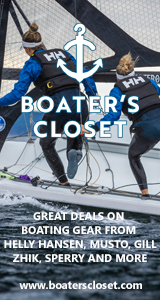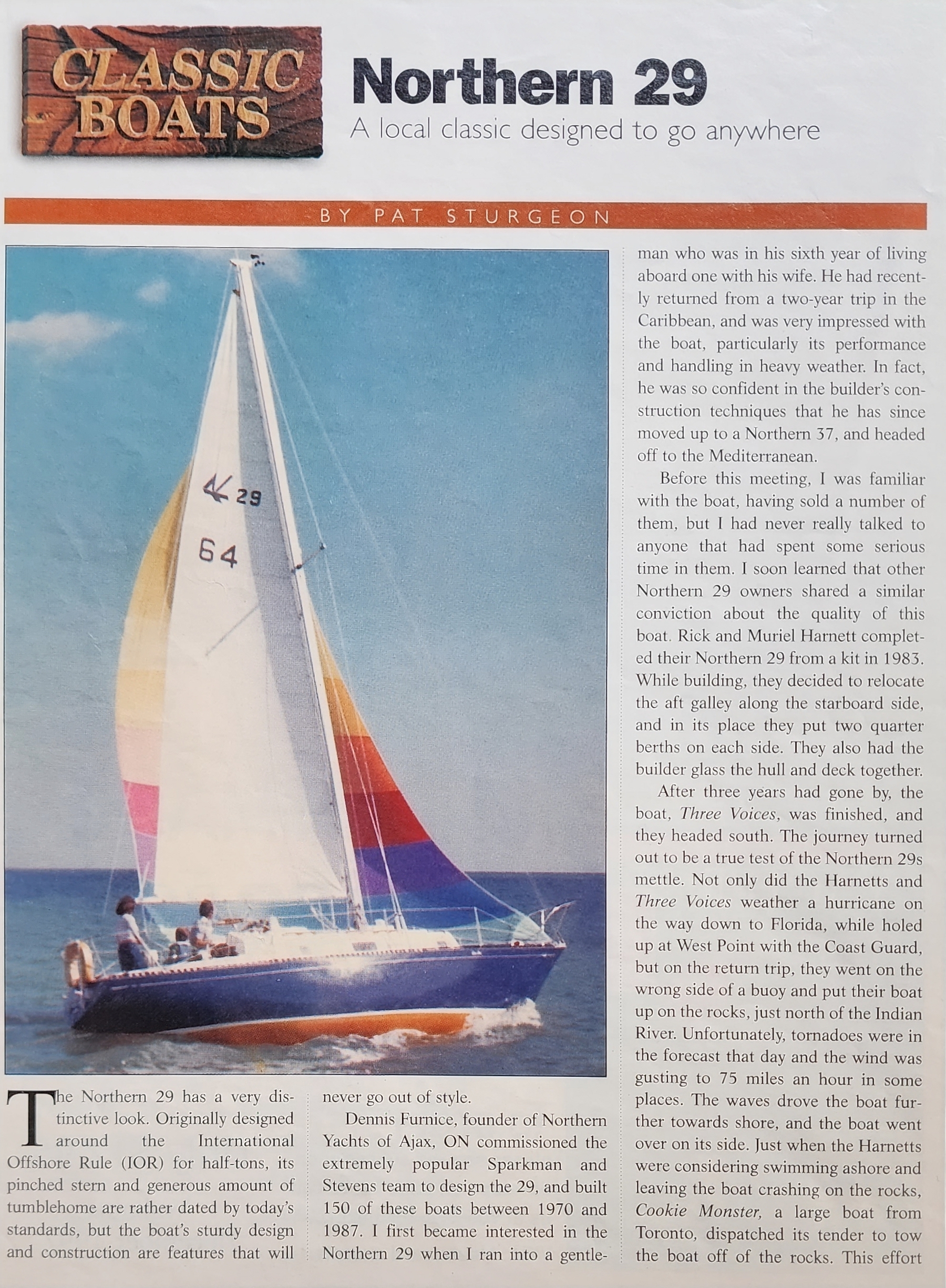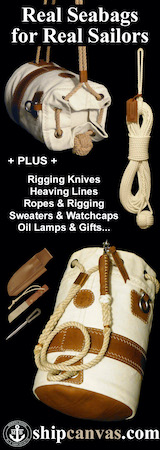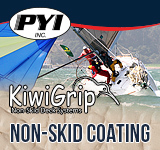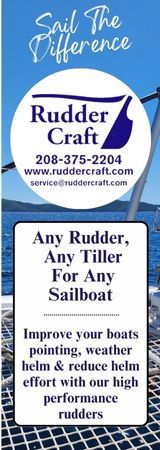- This topic has 1 reply, 2 views, and was last updated 1 year, 2 months ago by .
-
Topic
-
Article written by Pat Sturgeon in the Fall 1997 in Canadian Yachting Magazine.
FULL ARTICLE:
The Northern 29 has a very distinctive look. Originally designed around the International Offshore Rule (IOR) for half-tons, its pinched stern and generous amount of tumblehome are rather dated by today’s standards, but the boat’s sturdy design and construction are features that will never go out of style.
Dennis Furnice, founder of Northern Yachts of Ajax, ON commissioned the extremely popular Sparkman and Stevens team to design the 29 and built 150 of these boats between 1970 and 1987. I first became interested in the Northern 29 when I ran into a gentleman who was in his sixth year of living aboard one with his wife. He had recently returned from a two-year trip in the Caribbean, and was very impressed with the boat, particularly its performance and handling in heavy weather: In fact, he was so confident in the builder’s construction techniques that he has since moved up to a Northern 37 and headed off to the Mediterranean.
Before this meeting, I was familiar with the boat, having sold a number of them, but I had never really talked to anyone that had spent some serious time in them. I soon learned that other Northern 29 owners shared a similar conviction about the quality of this boat. Rick and Muriel Harnett completed their Northern 29 from a kit in 1983. While building, they decided to relocate the aft galley along the starboard side and in its place, they put two quarter berths on each side. They also had the builder glass the hull and deck together.
After three years had gone by, the boat, Three Voices , was finished, and they headed south. The journey turned out to be a true test of the Northern 29s mettle. Not only did the Hartnett’s and Three Voices weather a hurricane on the way down to Florida, while holed up at West Point with the Coast Guard but on the return trip, they went on the wrong side of a buoy and put their boat up on the rocks, just north of the Indian River. Unfortunately, tornadoes were in the forecast that day and the wind was gusting to 75 miles an hour in some places. The waves drove the boat further towards shore, and the boat went over on its side. Just when the Hartnett’s were considering swimming ashore and leaving the boat crashing on the rocks, Cookie Monster , a large boat from Toronto, dispatched its tender to tow the boat off of the rocks. This effort was unsuccessful, but meanwhile a large workboat noticed their predicament and came out to help. With a bit of luck and persistence, they finally got the boat off of the rocks. Expecting the worst, the Hartnett’s called the factory and asked for advice on how to survey the damage. Furnice told them that if they were not taking on water, and the boat had no apparent damage, they should continue on their way home and he would look at it then.
When they got back, the boat was hauled out for inspection. They found a small dent on the bottom of the keel-nothing else. The Harnett’s still sail Three Voices out of Alexander Yacht Club in Toronto, and dream of going on another long trip with their boat.
The Northern 29 has many features that make it seaworthy. The large degree of tumblehome (hull is curved inwards to the deck) helps to keep the boat dry, and allows the genoa to be trimmed well inboard, which helps with upwind performance. In accordance with the IOR rule, the cockpit is fairly small, but this makes the boat safer in rough seas, as do the high, comfortable coamings. The engine is mounted in the middle of the boat to keep the ends light. This, too, makes the boat very sea-kindly. The rudder is on a skeg, and the keel is swept back.
This combination is a trademark of the Sparkman and Stevens hull designs. Most offshore cruisers look for this feature, because it gives good support and protection for the rudder, and the swept-back keel softens the blow if you should run aground.
The construction of the Northern 29 is as good as it gets for its time. The hull is solid glass, made from hand-laid, roving fabric and chopped mat over a heavy, resin-rich skin. This skin is laid- up against a gel coat, which was manually mixed for a consistent catalyst ratio. Furnice claims this method has kept his boats free of the problem of osmosis.
The deck is balsa cored for stiffness, secured to the hull via bulkheads which are glassed into the deck and hull, and then bolted down with the toe rail Harnett had the hull-deck joint of his boat glassed in all round – not a fun task for the builder, but it does create the ultimate in stiffness and strength for a boat. The chain plates are bolted to the bulkheads, and the rig is held up with oversized wire and large half turnbuckles. It has one set of upper shrouds and one set of lower shrouds. This is a very sturdy arrangement, in fact, the only record of a boat losing its rig was one that had the mast sheared off in a collision with another boat.
Furnice has been described as a boat builder, as opposed to a boat manufacturer, for no two boats were built alike. He experimented with the design on four boats, increasing the mast and the keel lengths, as well as changing the engine to a Ferryman diesel with hydraulic drive. One customer had a size restriction at his yacht club, so Furnice nipped the boat down to 28 feet to accommodate him.
The Northern 29 carries a generous sail plan for its time, and is quite stiff, having a ballast displacement ratio of 46 per cent. The major sailmaker for Northern Yachts was Joe Fernandes, owner of Triton sails and a previous Northern 29 owner. Joe is of the opinion that the boat is a bit slow to be really competitive with the half-ton class but points well and is balanced at the helm. He also felt that it was an ideal offshore cruiser.
The interior of the 29 was made at Northern Yachts, and all of the carpentry was done in the factory. The boat has a dinette layout, with the galley split aft, and a large v-berth forward. The head is just aft of the v-berth and sits adjacent to a large hanging locker. When the head is closed it separates the two cabins for privacy. The settee opposite the dinette on the starboard side has a flip-up, pilot bunk and the dinette table drops down to form a double berth. This allows for a total of six bodies lying horizontally perfect for your next slumber party.
Back in 1970 you could purchase a Northern 29 for $15,000, and in 1987 it would have cost you about $55,000. Northern Yachts offered an alternative to the relatively high cost of a shiny new fibreglass yacht by introducing kits, which included a partially completed boat at any stage of its construction. It is not a bad alternative provided that the builder is behind you when you need to have your questions answered during the construction period. My experience has been that kit boats always take twice as long to complete as you anticipated and wreak havoc on a marriage. Beware of the words “custom built” in the ads. I usually warn would-be purchasers that any kit-built boat can be quite a bit different in finish and layout from a factory-finished boat. Some kit boats are quite impressive, but I would consider them to be the exception to the rule. The used market today ranges from $17,000 to $30,000, depending on condition and vintage.
Northern Yachts was predominantly known to the Ontario market, and the factory sold directly to the consumer. They had dealers on the west coast and east coast as well as in the US, but 80 per cent of the boats were sold in Ontario. Today, although the hull mould sits idle, the Northern 29 continues to impress owners, and Furnice continues to putter around boats in Pickering, ON.
END.
- You must be logged in to reply to this topic.
